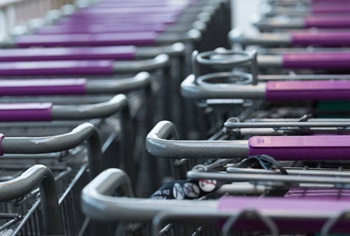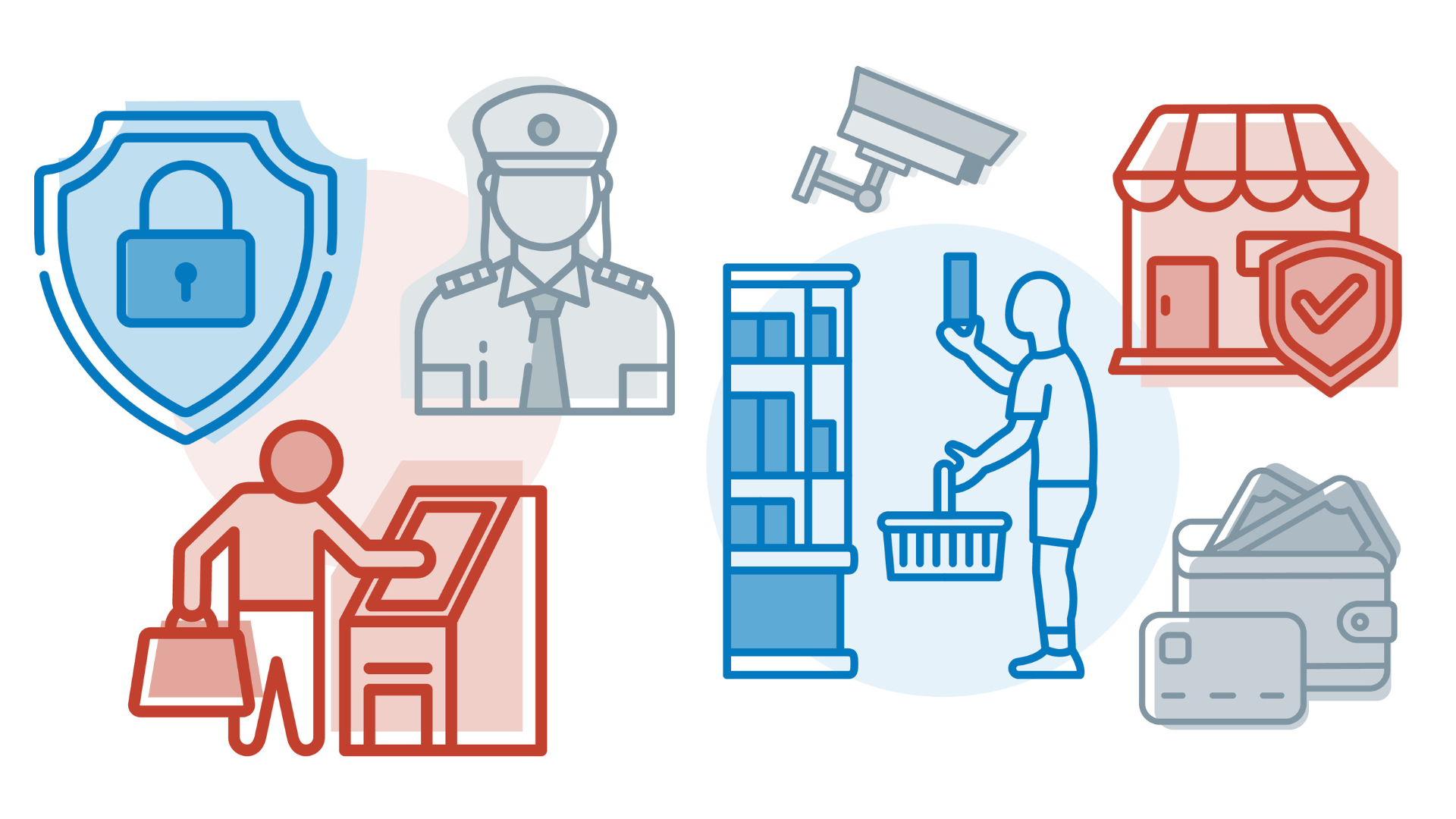By Doug Baker, Vice President, Industry Relations, FMI

We’ve all seen the viral videos of irate customers, often in grocery and convenience stores, getting into heated altercations with staff and customers. While these situations can be meme-worthy fodder online, they are often intense and potentially violent encounters in real life. Pandemic-related stressors, including health concerns, social unrest, political divisiveness, and economic uncertainty, have only heightened the potential for a tense situation to spiral into a verbal or physical attack.
It's imperative that grocery and retail store employees are trained to identify key behavior indicators before responding to violence – and the first step is having situational awareness.
When practicing situational awareness, employees need to consistently pay attention to their surroundings to recognize anomalies that may indicate a violent situation is about to take place. Training employees to practice situational awareness is especially critical today, as many industries are facing an ongoing labor shortage, where workers are stretched thin, and people are impacted by societal stressors.
Here are three ways situational awareness training can enhance a store’s safety and security:
1. Create a Baseline and Plan Ahead
Situational awareness training teaches employees to create a baseline reference of what is normal, then scan the environment to quickly identify and monitor anomalies. Anomalies can include volume of voice, body language, unfamiliar people, or open or closed doors.
Part of an employee’s baseline should also include knowing the environment’s layout. For food retailers, this means knowing locations of all exits and entrances, which doors should be opened or closed, and the general layout of the facility.
2. Recognize Unusual Behaviors
It’s rare people just “snap” and commit serious violence. In most cases, people are on a pathway to violence. Employees should be able to identify behavioral indicators, or warning signs, indicating a coworker or customer is on this path, and they can steer the troubled person to emotional support or, depending on the severity, notify law enforcement. Behaviors on the “pathway to violence” can include:
- Extreme and inappropriate emotions.
- Making threats, either in-person or on social media.
- Changes in behavior, such as an extrovert suddenly becoming very reserved.
- Increased use of alcohol or drugs.
- Holding grudges against specific people or groups of people.
It’s important that workers recognize these indicators and report their concerns to management so support services can be provided, but do not accuse the person directly, which could further agitate them.
3. Act Immediately to Prevent Violence
Interactions between coworkers or between customers and employees may still escalate, and every second counts when responding in these situations. Workers with the proper training are more likely to see a problem and respond immediately to de-escalate the threat, which could help employees gain control of a situation before it turns abusive, violent or buy time to notify security personnel. Workers must also be trained to respond in situations where problems arise with people they are close to. Intervention, even with friends, can save lives.
In conclusion, too often it takes a tragic event to emphasize the need to recognize and respond to anomalous behaviors. All employers are encouraged to offer training that includes behavioral indicator recognition and situational awareness skills so they can identify and defuse a problem before it starts.
FMI has a partnership with The Power of Preparedness, to provide comprehensive online training for situational awareness, verbal de-escalation, and active shooter preparedness for food retailers and other industries. All FMI members receive a generous member discount on company-wide training.
Learn More
The FMI Asset Protection and Grocery Resilience Conference provides an opportunity for loss prevention, risk management, workplace safety and crisis management professionals in the food retail industry to network and collaborate on all aspects of protecting people, reputation, and property.
Learn More


 Industry Topics address your specific area of expertise with resources, reports, events and more.
Industry Topics address your specific area of expertise with resources, reports, events and more.
 Our Research covers consumer behavior and retail operation benchmarks so you can make informed business decisions.
Our Research covers consumer behavior and retail operation benchmarks so you can make informed business decisions.
 Events and Education including online and in-person help you advance your food retail career.
Events and Education including online and in-person help you advance your food retail career.
 Food Safety training, resources and guidance that help you create a company food safety culture.
Food Safety training, resources and guidance that help you create a company food safety culture.
 Government Affairs work — federal and state — on the latest food industry policy, regulatory and legislative issues.
Government Affairs work — federal and state — on the latest food industry policy, regulatory and legislative issues.
 Get Involved. From industry awards to newsletters and committees, these resources help you take advantage of your membership.
Get Involved. From industry awards to newsletters and committees, these resources help you take advantage of your membership.
 Best practices, guidance documents, infographics, signage and more for the food industry on the COVID-19 pandemic.
Best practices, guidance documents, infographics, signage and more for the food industry on the COVID-19 pandemic.
